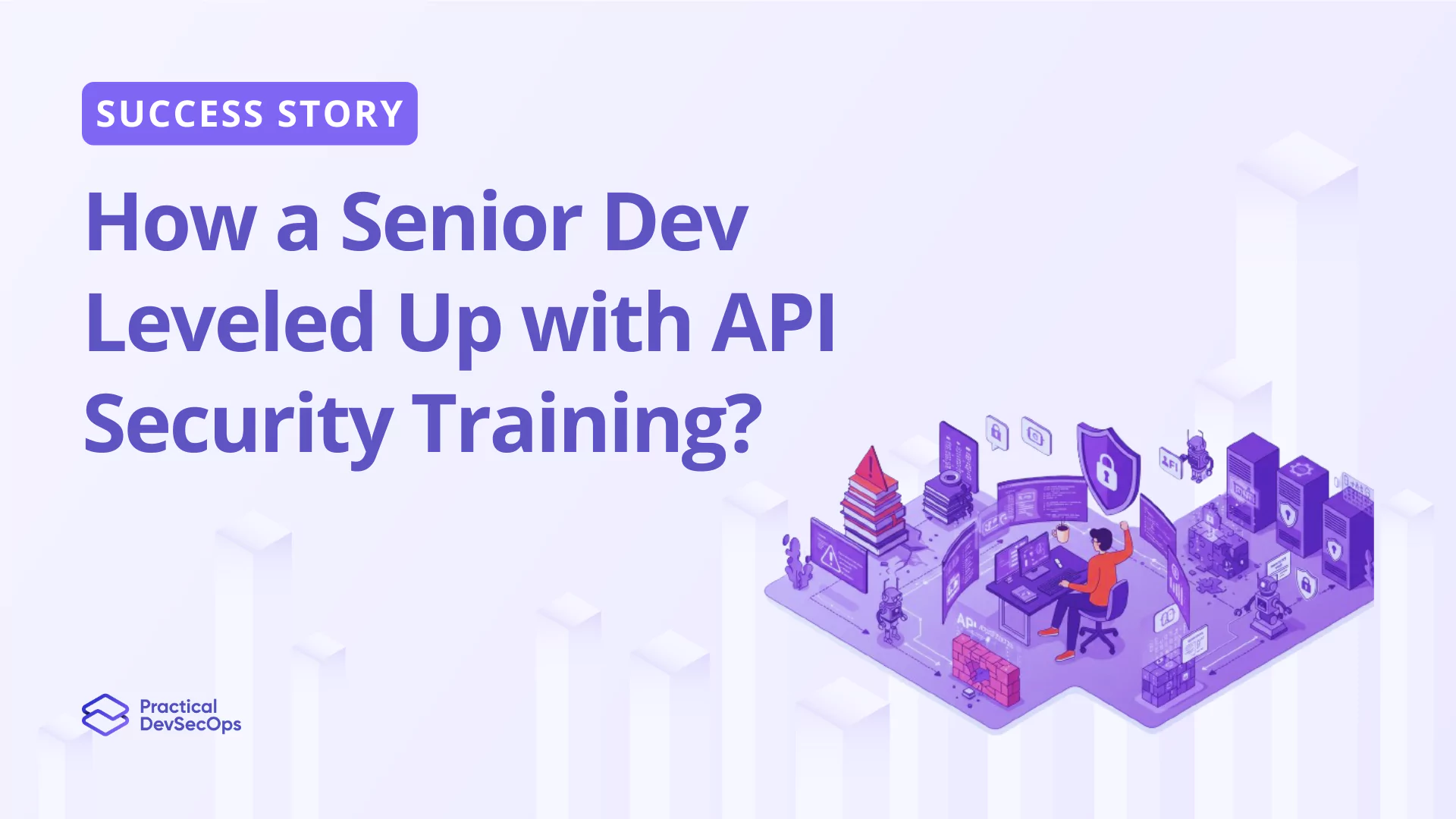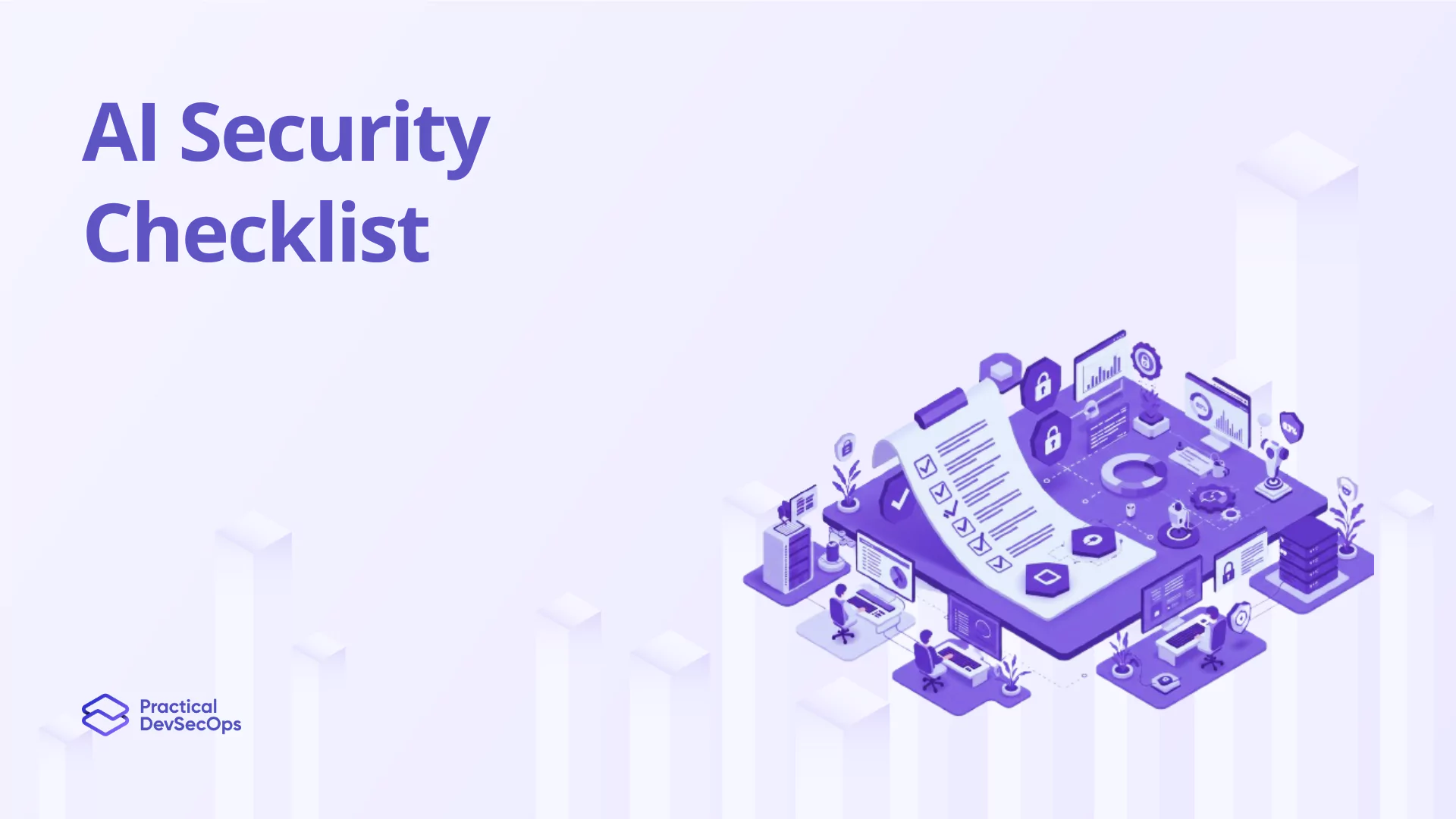In the fast-paced world of IT technology, the security of systems and applications is more critical than ever. Traditional security operations, known as SecOps, and the newer approach, DevSecOps, are at the forefront of protecting our digital environments. Although both strategies prioritize security, they differ significantly in execution and philosophy.
This blog dives into the key differences and similarities between SecOps Vs DevSecOps, offering insights into how each method contributes uniquely to our digital safety. Join us as we clarify their roles and benefits in today’s security-conscious world.
SecOps
In the “SecOps” methodology, the “Security team” and the “IT Operations team” work together to enhance security all throughout the software development lifecycle. To summarise, “Security” is the most important aspect of this methodology. In fact, in this methodology, all the teams are aware of security concepts. Proper learning and implementation across the SDLC reinforce this approach. SecOps speeds up the process by automating security tasks. SecOps also ensures that security is a constant, dynamic process and never an afterthought. The primary advantages of SecOps are:
- The security team and the Operations team work together
- Making the software secure
- The security culture is imbibed all through the teams
We have seen the DevOps and SecOps methodologies in this post. Stay tuned for further updates in the DevSecOps domain! Also, Read Agile Scrum Extreme Testing
DevSecOps
DevSecOps, on the other hand, signifies the integration of security practices into the DevOps culture. It emphasizes the idea of shifting security left in the software development lifecycle. In a DevSecOps model, security becomes an integral part of the entire software development process, imbuing a security-centric mindset among all stakeholders. Key aspects of DevSecOps include:
- Automation and collaboration: By leveraging automation tools and fostering collaboration between development, operations, and security teams, DevSecOps aims to deliver secure applications more efficiently.
- Continuous security testing: DevSecOps embeds security testing throughout the development pipeline, enabling the early identification and remediation of vulnerabilities.
- Culture of shared responsibility: In DevSecOps, all teams share the responsibility for security, ensuring that security-related decisions and practices are ingrained into every phase of development.
SecOps vs DevSecOps: What is the Difference?
The key differences between SecOps vs DevSecOps lie in their focus, timing, responsibility, and overall benefits:
1. Priority and Implementation
SecOps primarily focuses on securing the infrastructure and systems after they have been developed and deployed. It often operates as a siloed function, separate from the development process. In contrast, DevSecOps integrates security practices from the start, emphasizing timely identification and resolution of vulnerabilities.
2. Timing and Speed
SecOps generally operates in a reactive mode, responding to security incidents and mitigating risks as they arise. DevSecOps, on the other hand, promotes proactive security measures by incorporating security checks throughout the development lifecycle. This enables the early detection and prevention of potential security flaws, reducing the overall risk exposure.
3. Responsibility and Collaboration
Traditional SecOps teams often shoulder the sole responsibility for security, whereas DevSecOps encourages a culture of shared responsibility. By integrating security into the development process, DevSecOps promotes collaboration between development, operations, and security teams. This collaboration ensures that security concerns are addressed effectively and in a timely manner.
4. Overall Benefits
While SecOps is crucial for protecting existing systems, DevSecOps brings several significant benefits to the table, such as:
- Enhanced speed and agility: By incorporating security practices early in the development process, DevSecOps enables faster and more agile software delivery.
- Reduced vulnerability exposure: The proactive security measures of DevSecOps assist in identifying and mitigating vulnerabilities at an earlier stage, minimizing the window of exposure.
- Culture of security awareness: DevSecOps fosters a security-aware culture across the organization, empowering all stakeholders to contribute to the security posture of the applications they develop.
- Improved collaboration: DevSecOps encourages collaboration and communication between teams, breaking down silos and ensuring security is a shared responsibility.
How to Transition from SecOps to DevSecOps?
Transitioning from a traditional SecOps approach to DevSecOps requires careful planning and execution. Here’s a guide to help you make the shift smoothly.
Step-by-Step Transition Guide
- Assess Current Security Practices: Start by evaluating your current SecOps practices to identify strengths and areas for improvement. This assessment will help you understand where you need to integrate DevSecOps principles.
- Develop a Transition Plan: Create a detailed transition plan that outlines the steps required to move from SecOps to DevSecOps. This plan should include timelines, milestones, and responsibilities.
- Foster a Collaborative Culture: Encourage collaboration between development, operations, and security teams. Promote a culture of shared responsibility where everyone is accountable for security.
- Implement Automation: Leverage automation tools to integrate security checks into your CI/CD pipelines. Automation helps ensure that security is consistently applied throughout the development lifecycle.
- Continuous Training and Education: Provide ongoing training and education for all team members on DevSecOps practices, tools, and techniques. Keeping everyone informed and skilled is crucial for a successful transition.
- Monitor and Adjust: Continuously monitor the effectiveness of your DevSecOps practices and make adjustments as needed. Regular feedback loops and performance metrics will help you refine your approach.
Tools and Technologies for SecOps and DevSecOps?
Both SecOps and DevSecOps rely on a variety of tools and technologies to enhance security and efficiency. Here are some recommended tools for each approach.
Recommended SecOps Tools
- Security Information and Event Management (SIEM): Tools like Splunk and IBM QRadar help monitor and analyze security events in real time.
- Intrusion Detection Systems (IDS): Tools like Snort and Suricata detect and respond to potential security threats.
- Endpoint Detection and Response (EDR): Solutions like CrowdStrike and Carbon Black provide advanced threat detection and response capabilities.
Recommended DevSecOps Tools
- CI/CD Tools: Jenkins, GitLab, and CircleCI integrate security checks into the continuous integration and deployment processes.
- Static Application Security Testing (SAST): Tools like SonarQube and Fortify analyze code for security vulnerabilities.
- Dynamic Application Security Testing (DAST): Tools like OWASP ZAP and Burp Suite test running applications for security flaws.
- Container Security: Docker and Kubernetes security tools ensure containerized applications are secure.
- Infrastructure as Code (IaC) Security: Tools like Terraform and Ansible ensure that infrastructure deployments follow security best practices.
Case Studies: SecOps and DevSecOps in Action
Examining real-world examples can provide valuable insights into the practical application of SecOps and DevSecOps.
Case Study: SecOps in a Financial Institution
- A large financial institution implemented a SecOps approach to protect its critical infrastructure. By using SIEM tools and EDR solutions, the institution significantly reduced the time to detect and respond to security incidents, ensuring the safety of customer data.
Case Study: DevSecOps in a Tech Startup
- A tech startup adopted DevSecOps to integrate security into their CI/CD pipelines. By automating security checks and fostering a culture of collaboration, the startup was able to deliver secure applications rapidly. This approach helped them identify and remediate vulnerabilities early, reducing their overall risk exposure.
Conclusion
In a world where security threats are ever-present, organizations must adapt their practices and methodologies to stay ahead. While SecOps plays a vital role in securing existing systems, DevSecOps represents a paradigm shift toward integrating security into the entire software development lifecycle. By promoting collaboration, shared responsibility, and automation, DevSecOps delivers more secure and agile applications. Whether you lean towards SecOps or embrace the DevSecOps approach, understanding these concepts will empower you to make informed decisions and protect your digital assets effectively.
References: Network Interview: Secops vs DevOps Torq Blog: DevOps, Secops, and DevSecOps Invensislearning: DevOps vs DevSecOps.
Frequently Asked Questions (FAQs)
What is the main difference between SecOps and DevSecOps?
The main difference lies in their focus and timing. SecOps focuses on securing infrastructure and systems after development, operating in a reactive mode. DevSecOps integrates security throughout the development lifecycle, promoting proactive security measures and collaboration among teams.
Can SecOps and DevSecOps coexist?
Yes, SecOps and DevSecOps can coexist. While SecOps focuses on protecting existing systems, DevSecOps integrates security into the development process. Together, they provide comprehensive security coverage across the software development lifecycle.
What are the benefits of transitioning to DevSecOps?
Transitioning to DevSecOps offers several benefits, including enhanced speed and agility in software delivery, reduced vulnerability exposure, a culture of security awareness, and improved collaboration between teams.
What tools are essential for implementing DevSecOps?
Essential tools for DevSecOps include CI/CD tools like Jenkins and GitLab, SAST tools like SonarQube, DAST tools like OWASP ZAP, container security tools like Docker, and IaC security tools like Terraform.
How do I start implementing DevSecOps in my organization?
To start implementing DevSecOps, assess your current security practices, develop a transition plan, foster a collaborative culture, implement automation, provide continuous training, and monitor and adjust your approach regularly.
What are the challenges of moving from SecOps to DevSecOps?
Challenges include resistance to change, lack of collaboration, and the need for continuous training. Overcoming these challenges requires strong leadership, clear communication, and a commitment to fostering a security-conscious culture.







0 Comments